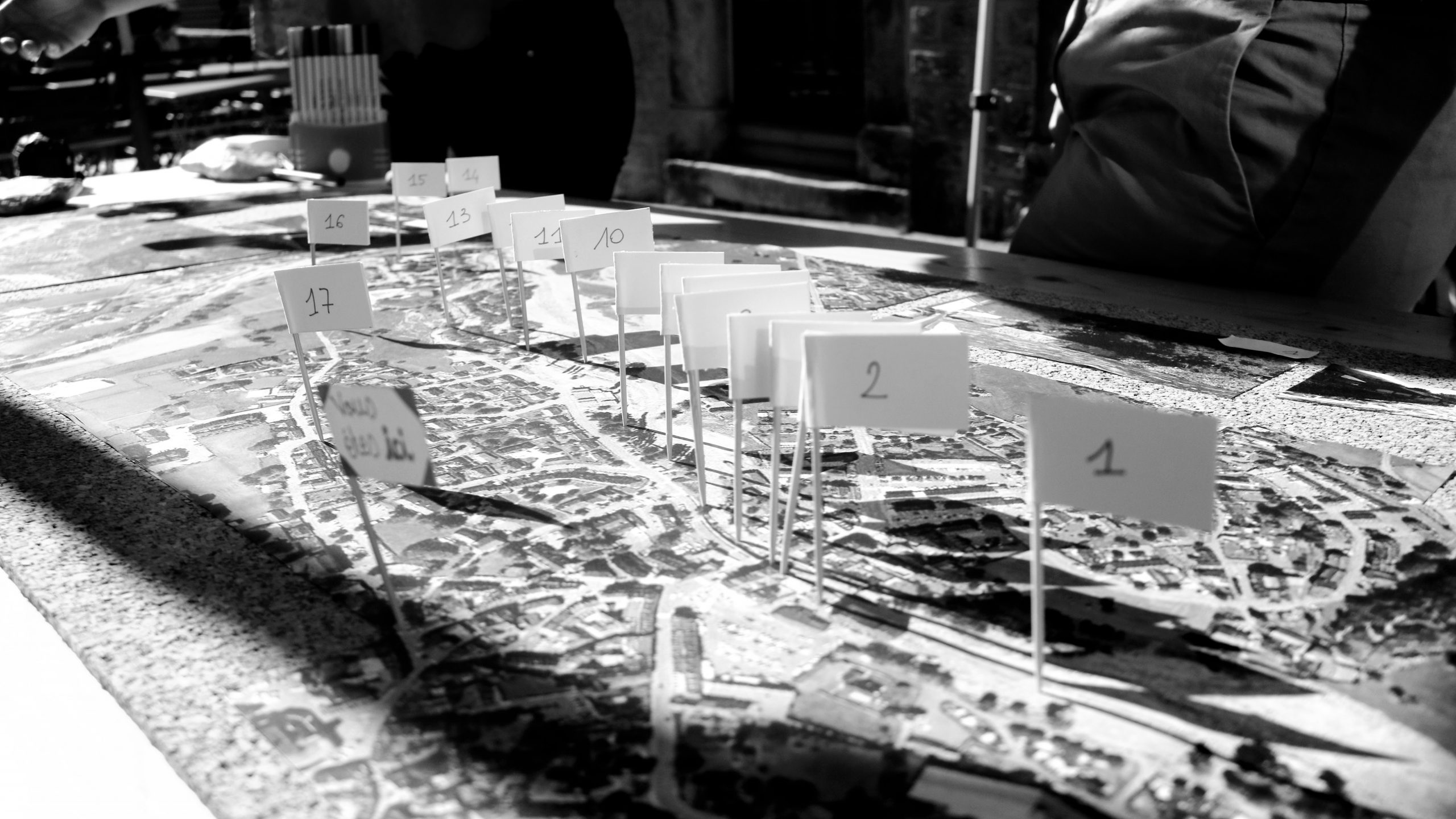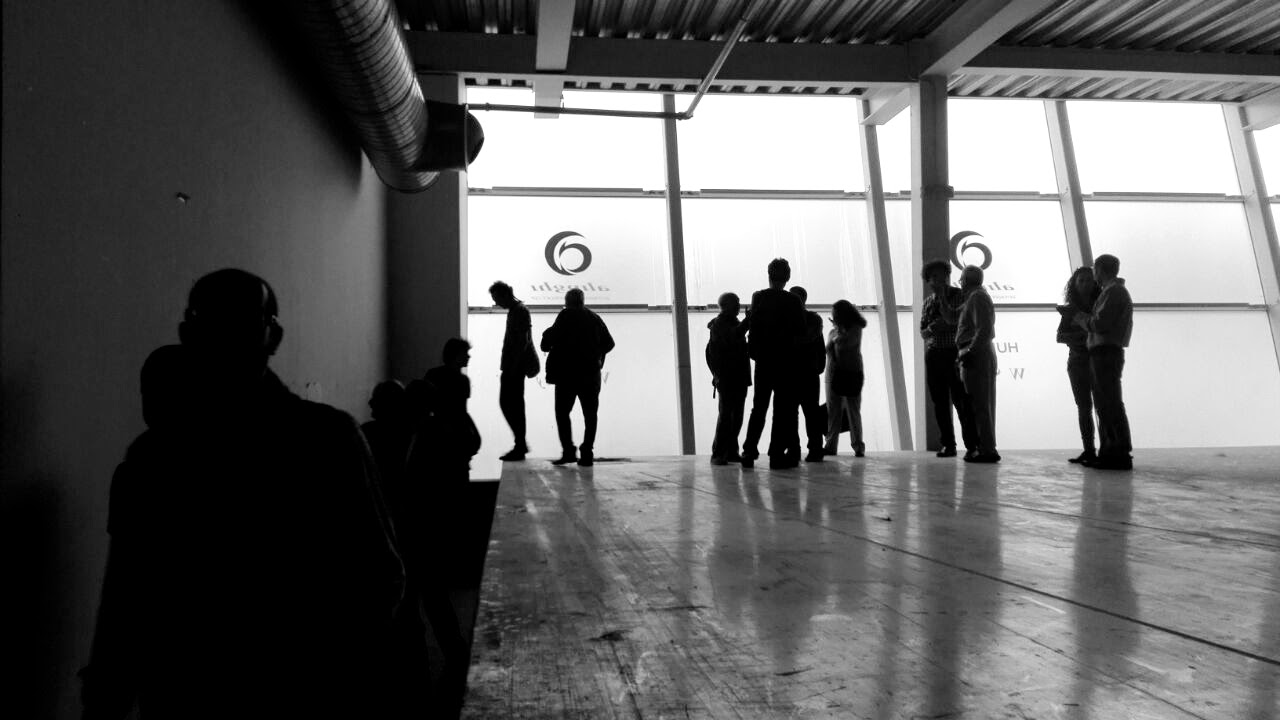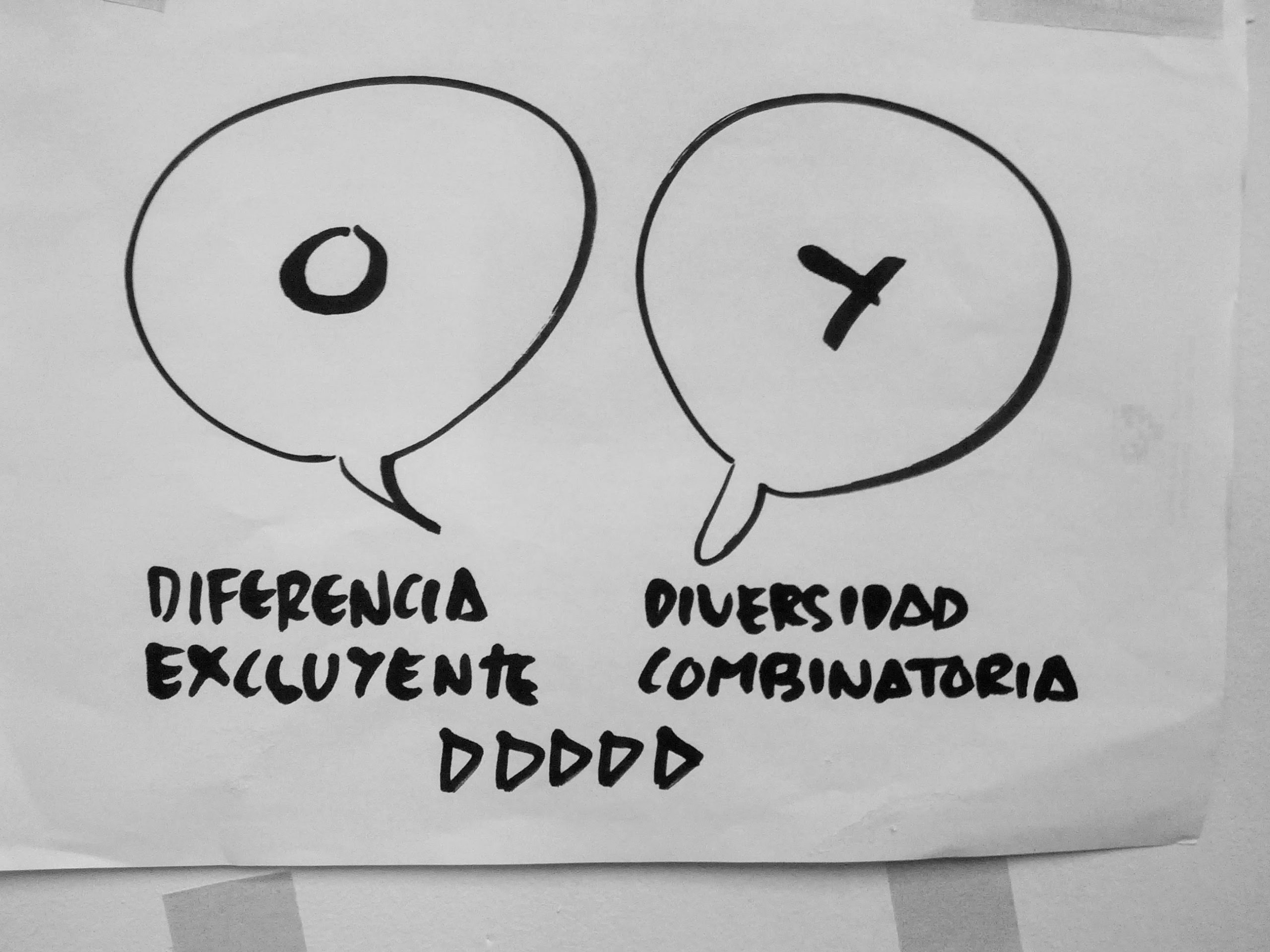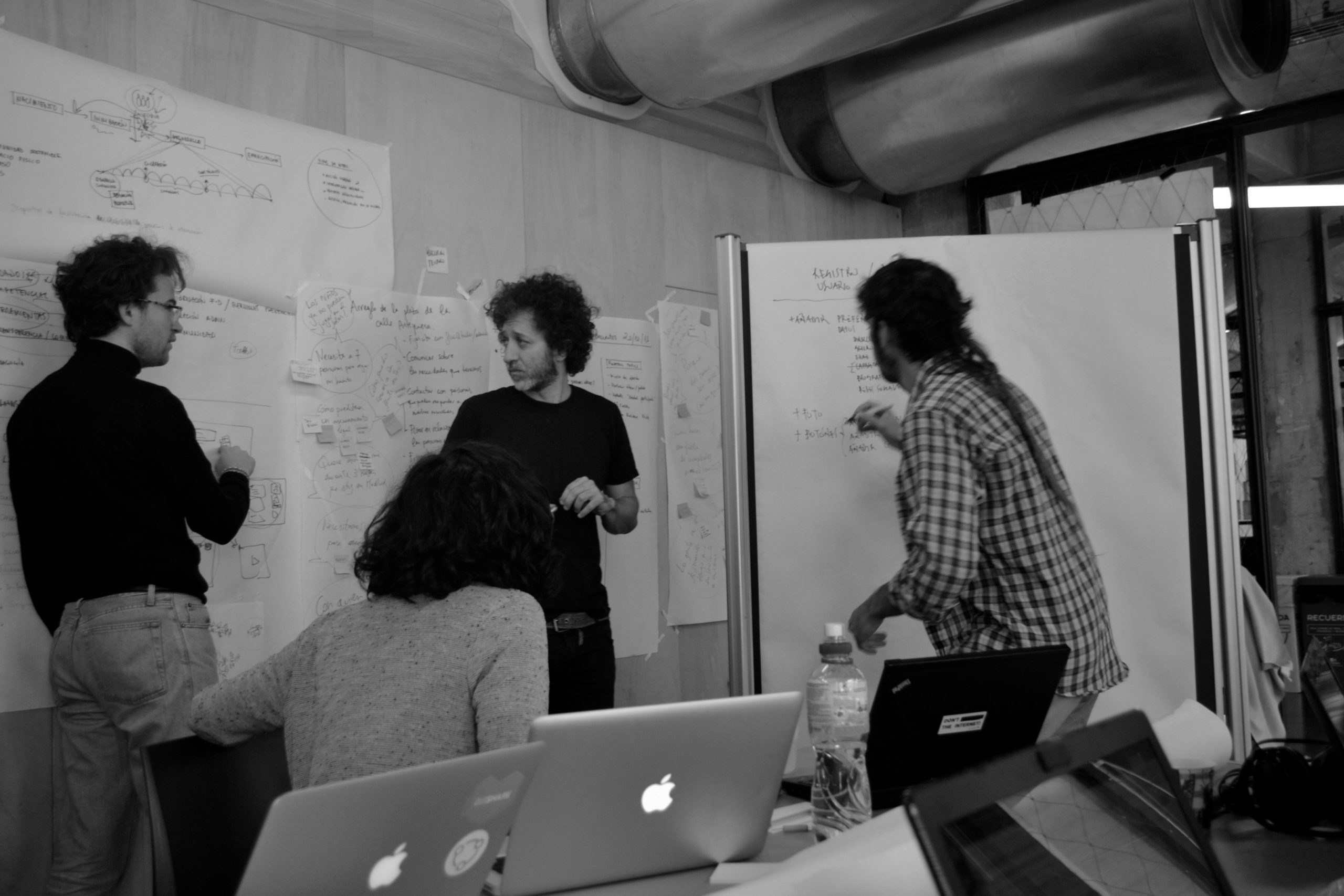Civic Design: Circular Process
Summary This article aims to contribute to the reflection on the new practices that are transforming the professional and institutional approach to the activation and management of collective intelligence processes that involve different actors in a territory and that we are defining as civic design
Cities are hard to change…
Introduction Cities are hard to change because they rely on the existence of a reliable centralized status. What we can do to empower the citizens and change the system? For this to happen, the change must be promoting decentralized events. You must be able to create a lot of small, local activities
What you should consider for your next project?
My 2 cents on civic design. – Is your participatory process inclusive? – Is your participatory process knowledge-building? – Is your participatory process networked? – Does your participatory process contextual? – Do you use indicators in your participatory process? – Do
Diverse and inclusive environment for Civic Design
Introduction Creating a diverse and inclusive environment for Civic Design processes is key.That means not just focusing on getting a diverse design team. But also making sure the participatory processes are designed inclusively.A participatory process, if designed inclusively, makes participants fe
Connect Located Knowledge with Specialized Knowledge
Introduction Designing a participatory process is not easy. It requires a great ability to connect Located Knowledge (from citizens) with Specialized Knowledge (Professionals and Public Servants). It requires imagination and creativity to design the process and tools. A great tool is Storymapping. S
Civic Design Method
The inaugural edition of the "Civic Design Method" by Domenico Di Siena, published in January 2019, serves as a comprehensive guide to the practice of Civic Design.








